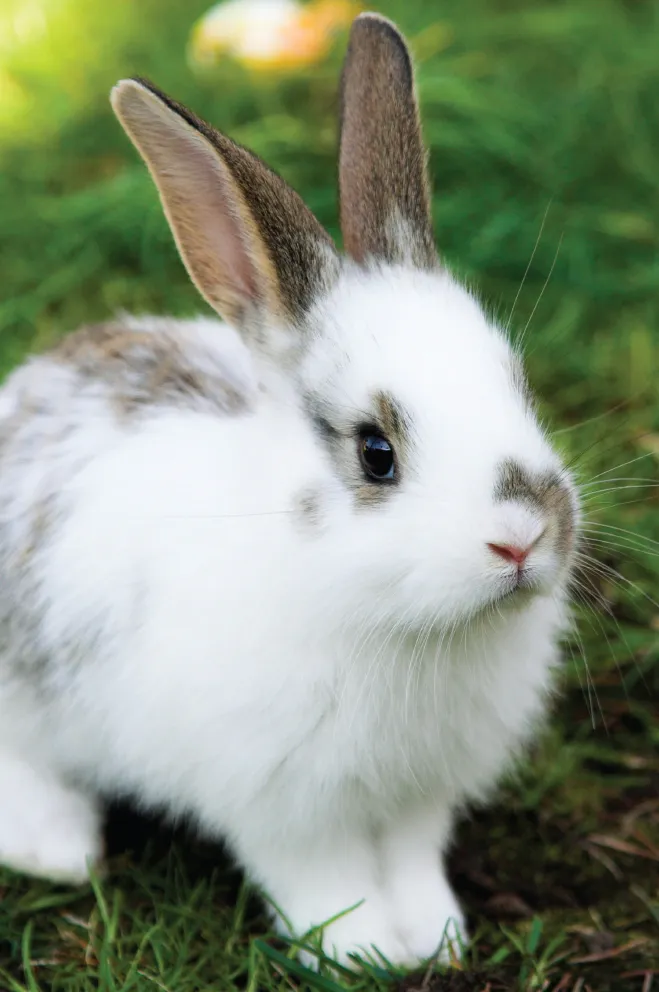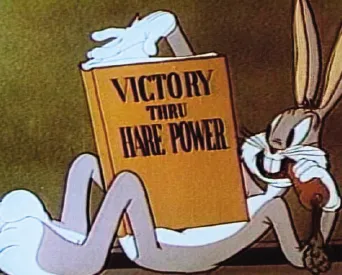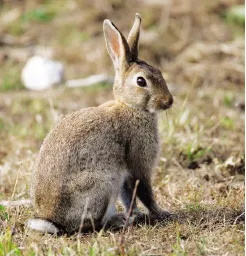
Hobby Farms: Rabbits
Small-Scale Rabbit Keeping
Chris McLaughlin
- 160 pagine
- English
- ePUB (disponibile sull'app)
- Disponibile su iOS e Android
Hobby Farms: Rabbits
Small-Scale Rabbit Keeping
Chris McLaughlin
Informazioni sul libro
Rabbit raisers will keep their rabbitries hopping and happy with the advice found in Rabbits, a Hobby Farm book. Rabbit breeder and exhibitor Chris McLaughlin offers years of experience and guidance on the many aspects of raising rabbits on a hobby farm, a livestock choice she considers perfect due to the limited space rabbits need to thrive. Whether the reader is raising rabbits for pets, fiber, or meat, there is much solid information and useful advice to be found in the pages of Rabbits. From the natural and cultural history of rabbits to selecting and purchasing of the right rabbits for a small farm, this book is both practical and enlightening. Individual chapters focusing on housing and feeding, behavior and handling, health care, and breeding and raising young make this an indispensable choice for all rabbit keepers. Handsomely designed with color photographs throughout, Rabbits also offers sidebars of helpful tips, fun anecdotes, and quotes from hobby farmers that prove entertaining and edifying. The final chapter of the book, "Making Money with Rabbits” discusses how to turn the rabbit-raising business profitable through producing show and pet rabbits, wool/fiber rabbits, rabbit manure, and rabbit meat. Resources include a glossary of terms and a catalog of associations, books, periodicals, and websites. Fully indexed.
Domande frequenti
Informazioni

CHAPTER ONE
Meet the Domestic Rabbit
Rabbit Ranking
Rabbit History 101

• | Bugs Bunny—With his world-renowned and charming phrase, “What’s Up, Doc?,” Bugs Bunny is perhaps the most famous rabbit anywhere. He was created in 1940 by Looney Tunes and Merrie Melodies (which, in 1944, became Warner Bros.). |
• | Harvey—This was James Stewart’s 6-foot, 3½-inch tall, invisible rabbit friend in the 1950 movie Harvey. |
• | Energizer Bunny—The pink bunny with a drum that just keeps going, and going, and going showed up as the spokesbunny for Energizer batteries in 1989. |
• | Roger Rabbit—He was Gary Wolf’s main character from the 1981 novel Who Censored Roger Rabbit?, and he was later transformed into a cartoon character in the 1988 movie Who Framed Roger Rabbit? |
• | Peter Rabbit—Peter is the adventurous bunny in Beatrix Potter’s children’s book The Tale of Peter Rabbit, which was first privately printed in 1901. |
• | Peter Cottontail—This Peter lived in the 1914 children’s book The Adventures of Peter Cottontail by Thornton Burgess. |
• | The White Rabbit—Alice follows the white rabbit down the hole in Lewis Carroll’s (Charles Lutwidge Dodgson) 1865 novel Alice’s Adventures in Wonderland. In this same book, Alice visits with the March Hare and the Mad Hatter. |
• | Velveteen Rabbit—In Margery Williams’ 1922 children’s book The Velveteen Rabbit, this is the toy rabbit that becomes real thanks to the love of a child. |
• | Br’er (Brer) Rabbit—This tricky rabbit is linked to both African and Cherokee cultures but was adapted by Walt Disney in the animated feature Song of the South. |
• | The Trix Rabbit—Remembered by baby boomers for the tagline of “Silly rabbit, Trix are for kids!,” the General Mills cereal-box mascot was created in 1959 by Joe Harris. |
• | Thumper—He was a deer’s best friend in the 1942 Walt Disney classic animated movie Bambi. |
• | “Rabbit”—He is the gardening enthusiast from the children’s stories of Winnie the Pooh, written by A. A. Milne in 1926. |
• | Bunnicula—He is the vegetable-juice-sucking character from the 1979 children’s book written by Deborah and James Howe, Bunnicula. |
• | Uncle Wiggly—He starred in the original 1910 children’s book Uncle Wiggly by Howard Roger Garis. |
• | Hazel, Fiver, and Blackberry— The entire cast of 1978 animated film Watership Down was made up of rabbits. |
• | Leo—He is the main character in Stephen Cosgrove’s 1977 children’s book Leo the Lop, part of the Serendipity Series. |
• | The Hare—This is the guy who took too much for granted as he snoozed and lost the race to the tortoise in Aesop’s fable The Tortoise and the Hare. |

The Rabbit Today
